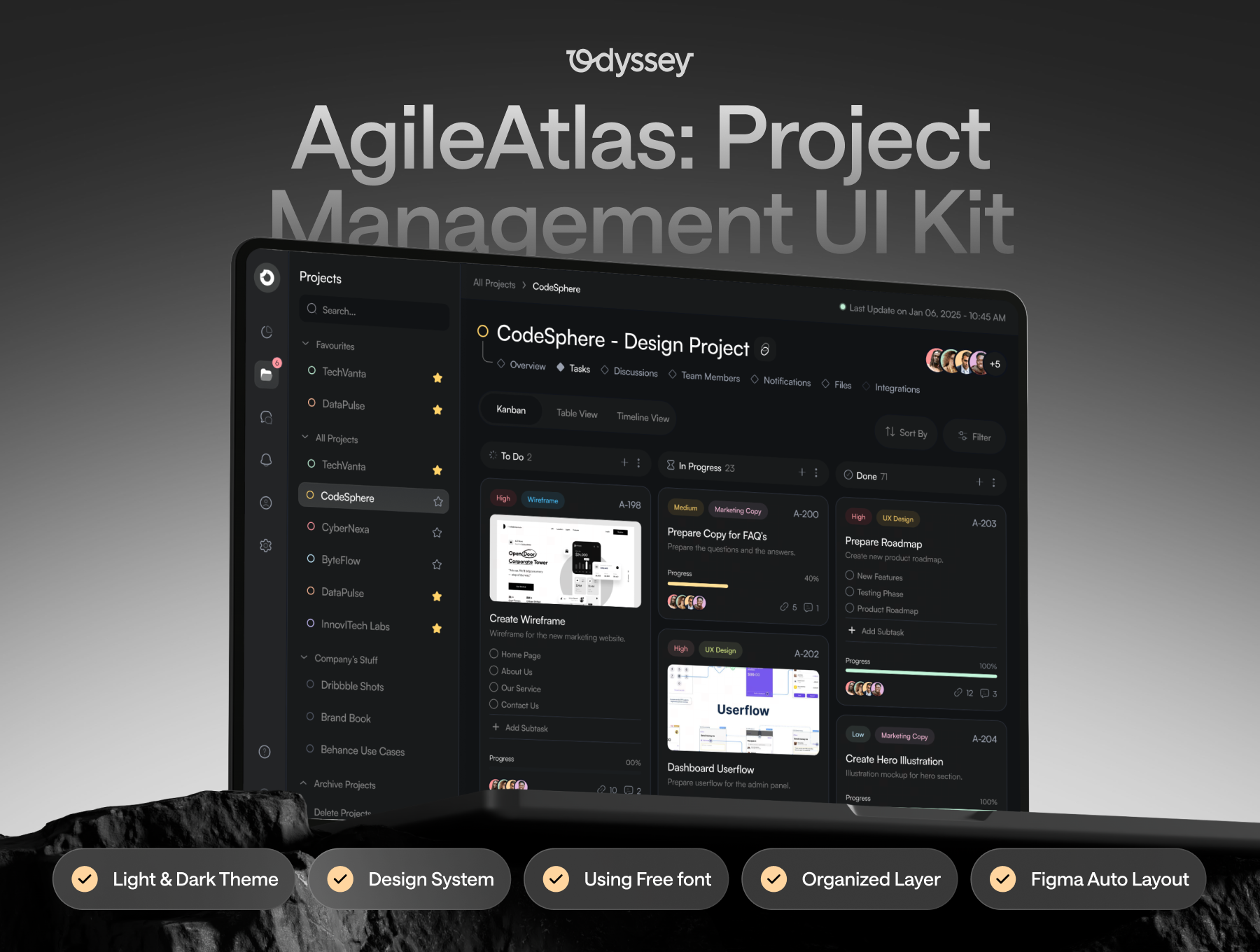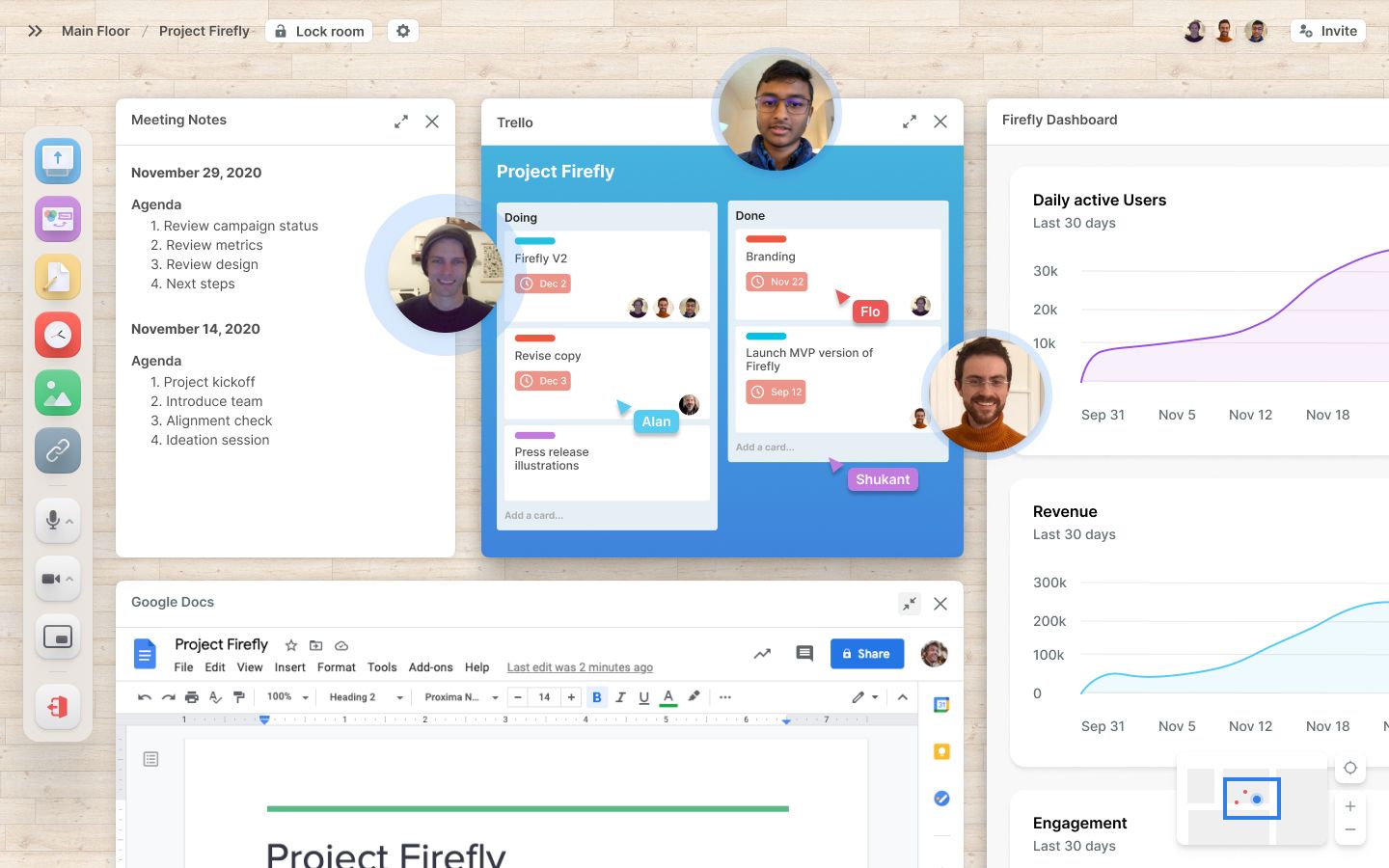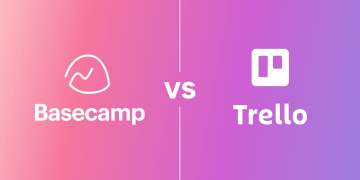In today’s digital-first workplace, where coffee machines are replaced by Zoom calls and office banter is confined to Slack notifications, the tools we use to communicate define not just how we work, but how we feel about working. Among the ocean of remote collaboration platforms, Basecamp has carved out a niche for itself, promising simplicity, focus, and sanity in the chaos of modern team management. One of its standout features, the “Campfire” chat, has been quietly gaining attention. But the question remains: is Campfire just another chat tool, or could it genuinely be a game changer for remote teams? Let’s explore.
Understanding the Remote Team Communication Landscape
Before diving into Basecamp’s Campfire, it’s essential to understand the ecosystem it’s entering. Remote work has exploded over the past decade, accelerated by global events like the COVID-19 pandemic. With distributed teams becoming the norm rather than the exception, communication tools have evolved from simple instant messaging to complex platforms that integrate task management, file sharing, and collaborative workflows.
Teams today are juggling multiple apps: Slack for real-time chat, Zoom for meetings, Trello or Asana for task tracking, and Google Drive or Dropbox for file management. While these tools are powerful, the experience can feel fragmented. Notifications ping incessantly, switching contexts is inevitable, and meaningful conversation often gets buried under a tide of messages. In this environment, a tool that offers simplicity without sacrificing functionality can be more than convenient—it can be transformational.
Basecamp’s Philosophy: Less Noise, More Focus
Basecamp, launched in 2004, was designed with a philosophy that many modern tools overlook: simplicity and clarity. Unlike feature-bloated software, Basecamp focuses on core team needs: projects, tasks, documents, schedules, and yes, communication.
Campfire, the chat feature within Basecamp, embodies this philosophy. Unlike Slack or Microsoft Teams, Campfire isn’t trying to be an all-encompassing ecosystem. Instead, it focuses on lightweight, immediate conversation. There’s no endless stream of threads, no sprawling channels filled with hundreds of members you barely know, and no complex integrations that distract from actual work.
Campfire’s Core Features: What Makes It Stand Out
To understand why Campfire could be a game changer, let’s break down what it offers and how it compares to other chat tools:
1. Real-Time Communication Without Overwhelm
Campfire provides a simple, persistent chat room per project. This design encourages immediate communication but avoids overwhelming users with multiple channels or complex thread hierarchies. The focus is on clarity: if you need to ask a quick question, share an update, or brainstorm briefly, Campfire is there.

Unlike email, where conversations often fragment into long, confusing chains, Campfire keeps discussion visible in a single space. Unlike Slack, it doesn’t pressure users to react to every ping, helping teams prioritize focus without missing essential updates.
2. Seamless Integration with Project Management
Campfire isn’t a standalone chat—it’s woven into Basecamp’s broader project management ecosystem. Tasks, files, schedules, and discussions coexist in one platform. This eliminates the cognitive load of switching apps or hunting for relevant context. When a chat message references a task, you can instantly access it. When a file is mentioned, it’s right there. This seamless integration keeps communication anchored to action.
3. Lightweight and User-Friendly Design
Campfire avoids the bells and whistles that make many chat apps visually and mentally cluttered. No emojis vying for attention, no complicated slash commands, no endless notifications for messages that don’t matter. Its design encourages teams to focus on content and collaboration rather than learning yet another platform. For teams overwhelmed by the sheer volume of digital tools, this simplicity can feel like a breath of fresh air.
4. Transparency Without Micromanagement
A subtle but powerful feature of Campfire is transparency. Every team member can see ongoing discussions, which fosters inclusivity and reduces knowledge silos. Unlike private chats scattered across multiple apps, Campfire keeps the conversation open. Yet, because it’s lightweight, it doesn’t feel like constant surveillance. It strikes a balance between keeping everyone informed and avoiding micromanagement fatigue.
5. Asynchronous Flexibility
While Campfire is real-time, it also accommodates asynchronous work. Messages persist, and team members can catch up at their own pace. This hybrid approach caters to remote teams across time zones, avoiding the pressure to respond instantly while still maintaining conversational flow.
The Human Factor: Why Campfire Resonates
Technology is only part of the story. What makes Campfire compelling is how it addresses the human element of remote work.
1. Reducing Cognitive Load
Studies show that excessive notifications and fragmented communication increase cognitive load and reduce productivity. By providing a single, focused chat per project, Campfire reduces distractions. Team members can concentrate on meaningful work without feeling guilty for “ignoring” a flood of messages.
2. Enhancing Team Cohesion
Campfire fosters informal interaction, a key ingredient often lost in remote settings. Casual conversations, quick brainstorming, or even jokes and GIFs can happen naturally. This helps teams build rapport and culture, which is harder to cultivate in fragmented chat environments.
3. Psychological Safety and Inclusion
Because Campfire keeps conversations open, everyone has visibility into decisions and updates. This transparency can promote psychological safety, as team members feel informed and included. Unlike email threads or private chat channels where critical discussions might exclude some members, Campfire democratizes communication.
Campfire vs. Competitors: What Sets It Apart
To truly evaluate whether Campfire is a game changer, it’s useful to compare it with other popular tools:
Slack
Slack excels in flexibility, integrations, and fun features like threads, reactions, and bots. However, its very richness can become a liability: notifications multiply, channels multiply, and users can feel trapped in a continuous loop of messaging. Campfire, by contrast, simplifies communication, reducing noise while keeping collaboration immediate.
Microsoft Teams
Teams is powerful, especially in Microsoft-centric environments. Its integration with Office apps is unmatched, and its video conferencing capabilities are strong. Yet, its chat experience can feel bloated and formal, sometimes inhibiting casual, spontaneous conversation. Campfire is designed to encourage lightweight, organic dialogue, bridging the gap between formal project management and casual interaction.

Zoom Chat
Zoom has tried to enter the chat arena, but its strength remains video conferencing. Chat is secondary, and conversations are often disconnected from broader workflows. Campfire integrates chat with project context, ensuring discussions are anchored to tasks, files, and schedules.
Google Chat
Google Chat integrates with Workspace apps, but its interface is utilitarian, sometimes leaving users feeling like they’re navigating a complex email replacement. Campfire’s simplicity and focus on project-specific chats make it feel more intuitive and human-centric.
Potential Drawbacks and Limitations
No tool is perfect, and Campfire has some limitations to consider:
- Limited Feature Set – Teams that require advanced chat features, like threaded conversations, bots, or extensive integrations, may find Campfire too basic.
- Learning Curve for Habit Formation – Teams accustomed to Slack or Teams may initially miss their familiar features and workflows. Adapting to Campfire’s simplicity may require mindset shifts.
- Dependence on Basecamp – Campfire shines within Basecamp’s ecosystem. Teams using multiple project management tools may find integration challenging.
Despite these, for teams seeking streamlined communication without unnecessary complexity, Campfire’s benefits often outweigh its shortcomings.
Real-World Impact: How Teams Use Campfire
Successful adoption of Campfire isn’t theoretical—it’s evident in real-world use cases:
Creative Agencies
For agencies juggling multiple client projects, Campfire provides a central hub for each team. Quick brainstorming, file sharing, and status updates happen in one place, reducing the mental friction of switching between apps.
Tech Startups
Startups often operate in fast-moving environments. Campfire’s immediacy allows rapid iteration, with lightweight discussions keeping everyone aligned without derailing productivity.
Remote-First Companies
Distributed teams across time zones benefit from Campfire’s hybrid synchronous/asynchronous design. It enables real-time collaboration during overlapping hours while maintaining context for those catching up later.
Nonprofits and Small Teams
Smaller organizations with limited resources find Campfire appealing for its simplicity, eliminating the need for expensive, feature-heavy chat platforms.
Campfire and the Future of Remote Communication
Campfire reflects a broader trend in remote work tools: the shift from feature overload to focused usability. Modern teams increasingly value clarity, integration, and human-centered design over bells-and-whistles. In this context, Campfire represents a potential paradigm shift: it’s not about creating the most complex chat app but about facilitating communication that genuinely supports productivity, cohesion, and well-being.
As remote work continues to evolve, tools like Campfire may redefine our expectations of collaboration software. Instead of endless channels, notifications, and threads, the future could prioritize clarity, context, and calm—a philosophy Campfire embodies.
Conclusion: Is Campfire a Game Changer?
So, is Basecamp’s Campfire truly a game changer for remote teams? The answer depends on your team’s needs:
- For teams overwhelmed by multiple apps and excessive notifications: Absolutely. Campfire’s simplicity and integration can transform how you communicate.
- For teams that prioritize deep focus and lightweight collaboration: Definitely. It reduces cognitive load while enhancing transparency and inclusivity.
- For teams requiring heavy customization, bots, or advanced integrations: Maybe not. Campfire prioritizes simplicity over feature breadth.
Ultimately, Campfire shines because it embodies a philosophy often forgotten in software design: less can be more. By simplifying communication, anchoring conversations in project context, and fostering a human-centered approach, it addresses one of the most persistent challenges in remote work: staying connected without losing focus.
For teams navigating the complexities of distributed collaboration, Campfire is more than just a chat tool—it’s a practical step toward a calmer, more productive, and more human digital workplace.























